Creative Roles in Packaging
When you immerse yourself in the world of creative roles in packaging, you’ll find a vibrant blend of artistry and strategy that brings brands to life. Packaging designers are at the forefront, crafting compelling graphics and structures that captivate consumers right at the shelf. They don’t just make things look good; they weave brand identity into every curve and color, guaranteeing your product stands out in a crowded market. These designers are also keenly aware of market trends, tailoring their innovative solutions to align with what consumers crave today. Packaging designers are embracing eco-friendly materials in this era of heightened environmental awareness. They create sustainable designs that appeal visually and resonate with the values of eco-conscious consumers. The role demands a perfect harmony between aesthetics and functionality, guaranteeing the packaging is practical for shipping and storage while maintaining visual appeal. Collaboration is key in these roles. Working closely with marketing teams, packaging designers guarantee their creations are innovative and communicate the brand’s message effectively. By integrating strategy with creativity, they deliver packaging solutions that enhance brand engagement and drive consumer loyalty.The Design Process
In the intricate world of packaging design, the process starts with an extensive exploration into research and analysis, setting the stage for a solution that aligns with consumer expectations and regulatory demands. You’re diving into the packaging design process with a keen eye for detail and a pulse on market research. Crafting design concepts isn’t just about aesthetics; it’s about enhancing user experience and guaranteeing every element serves a purpose. Here’s a snapshot of the journey:- Research and Analysis: Understand your target audience, identify market trends, and navigate regulatory landscapes to form a solid foundation for your packaging design process.
- Concept Development: Engage in creative brainstorming sessions to generate design concepts that solve problems and captivate visually.
- Creation and Prototyping: Use advanced digital tools to bring your design concepts to life, creating mock-ups and prototypes that allow early evaluation of form and function.
- Testing and Feedback: Conduct user testing to gather valuable insights, make adjustments that enhance the user experience, and guarantee quality control before final production.
Market Trends and Innovations
Having laid the groundwork with a meticulous design process, it’s time to explore the vibrant landscape of market trends and innovations that reshape packaging as it is understood. Today’s packaging solutions aren’t just about wrapping products; they’re a canvas for creativity and technological integration. Innovative packaging is leading the charge, with smart packaging technologies like RFID and QR codes enhancing consumer interaction and product tracking. These design elements not only elevate user experience but also fortify brand loyalty. Sustainable packaging is more than a trend; it’s a movement. With 72% of consumers prioritizing eco-friendly options, your designs must reflect this demand. Imagine minimalist designs that use fewer materials yet speak volumes about sustainability and elegance. As the market for sustainable packaging is projected to soar to $400 billion by 2027, embracing this shift isn’t just wise—it’s vital. E-commerce’s rise has revolutionized how brands approach packaging. Specialized strategies guarantee products arrive safely and provide a memorable unboxing experience, which is critical for brand perception in the digital age. As you navigate these market trends, remember that each choice in design elements serves as a statement of innovation and environmental stewardship.Skills for Success
To excel in the packaging industry, mastering various skills is fundamental. As a professional in this innovative field, your ability to transform concepts into enthralling packaging design will set you apart. Here’s a focused guide on the skills you’ll need:- Attention to Detail: Verify your designs comply with safety regulations and maintain product integrity, which is vital throughout the supply chain.
- Problem-Solving Skills: Tackle challenges head-on during design and production. Quick thinking minimizes downtime and guarantees quality outcomes, keeping projects on track.
- Organizational Abilities: Manage multiple projects and tight deadlines seamlessly. Prioritize tasks effectively to deliver successful results without compromising creativity.
- Communication Skills: Collaborate with diverse marketing, engineering, and production teams. Clear communication secures your packaging solutions align with customer expectations and regulatory standards.

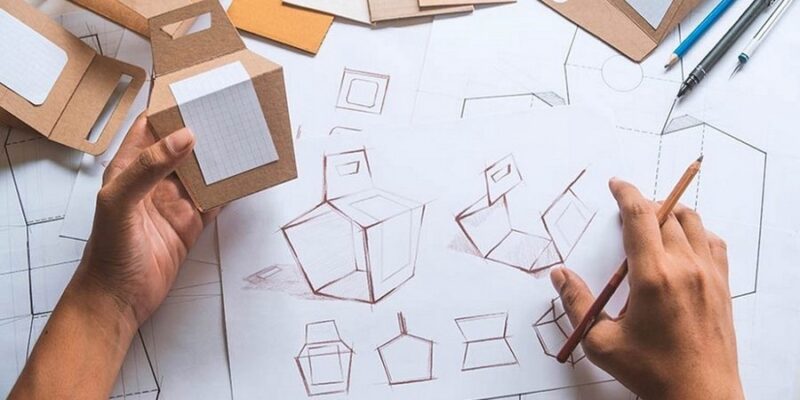

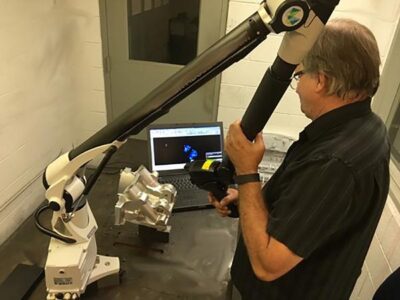

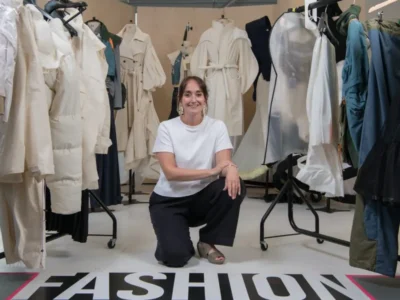
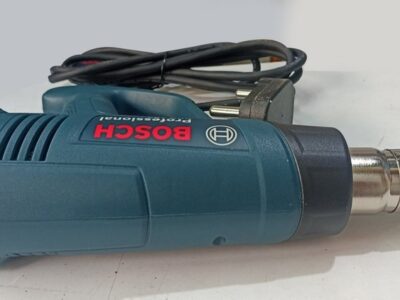
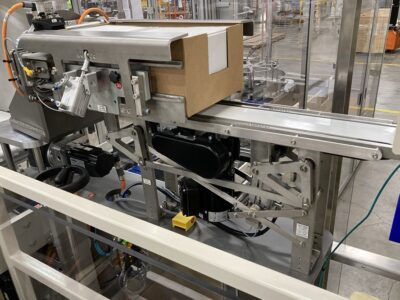




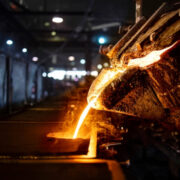
Comments